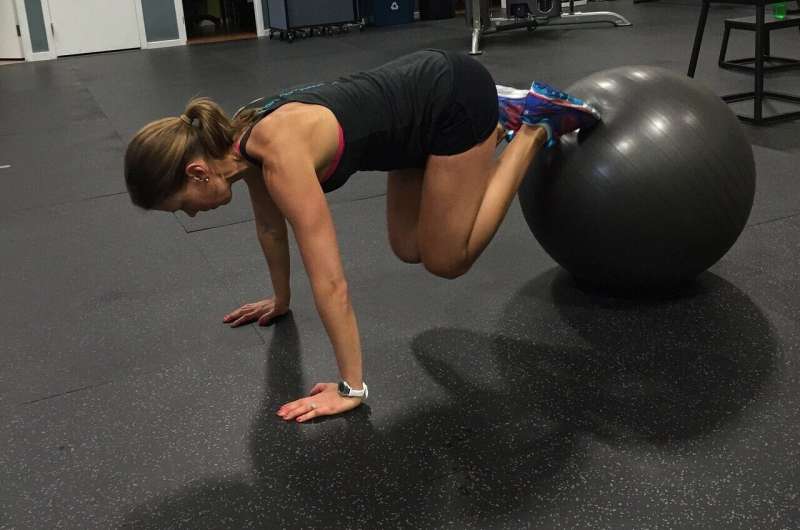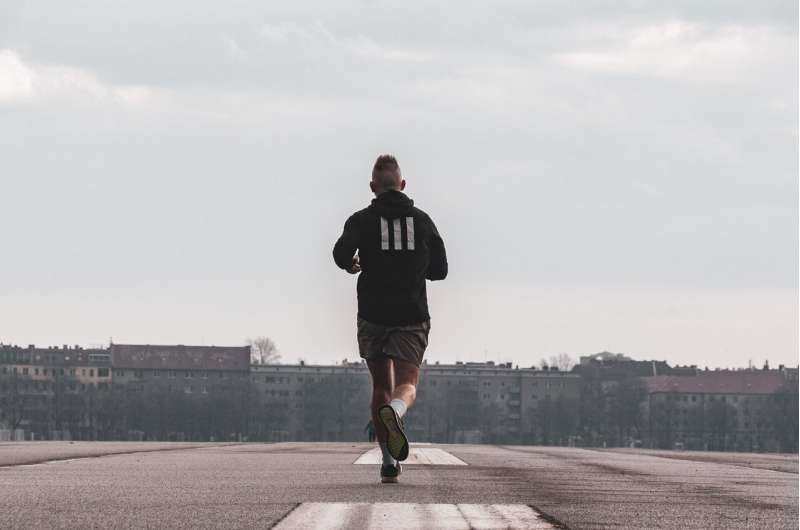The Impact of Weightlifting on Bone Density and Health

Discover how weightlifting can significantly improve bone density, strengthen bones, and reduce fracture risk through evidence-based strategies and effective exercises.
Understanding Bone Density and Its Importance
Bone density, or bone mineral density, measures the mineral content (like calcium and phosphorus) within bones, indicating how solid and strong they are. Higher bone density generally correlates with a lower risk of fractures. However, bone density isn't the sole factor in bone strength; components like collagen also contribute to overall bone health. Nevertheless, mineral density remains a vital measure because of its strong link to fracture risk.
Factors Influencing Bone Health
Various factors impact the strength and density of bones:
- Age: Bone mineral density tends to decline with age, especially after menopause in women.
- Nutrition: Consuming calcium-rich foods, such as dairy, vegetables, nuts, legumes, eggs, and meat, can slightly improve bone density.
- Sun Exposure: Sunlight promotes vitamin D production, essential for calcium absorption, leading to better bone health.
- Exercise: Engaging in high-impact activities and weight-bearing exercises like sprinting and weight training enhances bone density.
- Smoking: Smoking is associated with reduced bone density, particularly in older adults.
Why Movement Helps Improve Bone Density
Similar to muscle strengthening through stress, bones adapt and become stronger when subjected to load. Exercise signals bones to reinforce their structure, which is crucial for preventing conditions like osteoporosis. This is especially critical for at-risk groups such as postmenopausal women and older individuals. Starting weight training at a young age can foster lasting benefits for bone density.
Does Weightlifting Boost Bone Density?
Absolutely. Weightlifting is one of the most effective forms of exercise to increase bone density. When you lift weights, your muscles exert force on bones, stimulating new bone growth. Research shows that weight training can significantly improve bone density in adults, especially in the spine and hips, which are common fracture sites. Exercises involving large, compound movements like squats and deadlifts are particularly beneficial.
Best Types of Weight Training for Bone Health
Lifting heavier weights, typically performing sets of three to eight repetitions, tends to produce better results for bone growth than lighter weights with higher repetitions. Consistency is key; benefits usually take six months or more to become noticeable, making regular, ongoing weight training preferable over intermittent routines. While bodyweight exercises like yoga and Pilates offer health advantages, they generally exert less stress on bones and are less effective at increasing density.
Tips for Safe and Effective Bone-Enhancing Workouts
- Gradually increase weights, aiming for heavier lifts over time.
- Incorporate compound exercises that load the skeleton more effectively.
- Seek guidance from a fitness professional, especially if you are new to weight training.
- Maintain a consistent routine, practicing weight training at least a couple of times a week.
- Consult with your healthcare provider if you suspect low bone density or have risk factors.
Source: MedicalXpress
Stay Updated with Mia's Feed
Get the latest health & wellness insights delivered straight to your inbox.
Related Articles
Understanding the Difference Between Abs and Core Muscles: A Focus on Aesthetics vs. Function
Discover the key differences between abdominal muscles ('abs') and core muscles, focusing on aesthetics versus functional stability, and learn effective exercises for both.
Reevaluating the Ideal Number of Daily Steps for Better Health
New research suggests that aiming for around 7,000 steps daily provides significant health benefits, challenging the traditional 10,000-step goal. Personalize your movement for better health outcomes.



